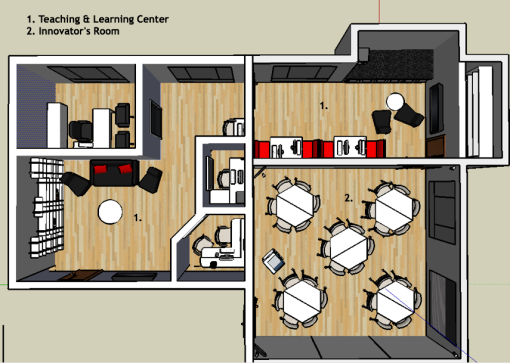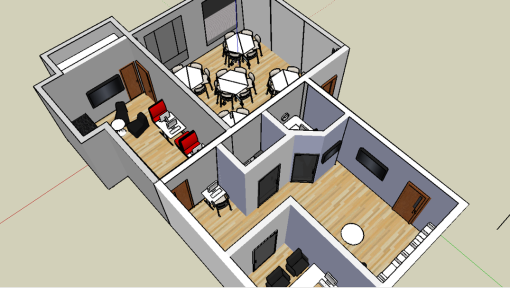Twitter was originally released for public use in August 2006 as a way for a few friends to keep up with what each was doing. It very rapidly caught the Web 2.0 wave and became a favorite micro-blogging tool for many Internet users.
Most early tweets were generated mainly by those fondly called “early adopters”, present company included. I began seeing the power of Twitter in October 2007 while sitting in a Starbucks in Seattle and created my account, m_scott. Although none of my friends were tweeting at the time, I set out trying to recruit them. It took several weeks before the first friend became interested enough to join and that is when d_w_scott finally agreed to test Twitter with me. By the Spring of 2008, I had also incorporated it into some of my classes at Freed-Hardeman University. So for those that consider Twitter a waste of time, especially pedagogically, here are examples that will hopefully provide insight into a simple, cool, social, engaging, participatory, Web 2.0 tool.
In class I required my students to sign-up for a free Twitter account. The expectations for the class were that each student would tweet at least one current technology news article weekly. No students had used Twitter previously, so the experience was completely new. The student response was mainly positive with many students posting more frequently than required. Several students began using Twitter as a means of communications, sharing class discussions, new technology resources, etc. Overall it allowed the students a chance to learn and experience a new Web 2.0 technology while also allowing more participation which enhanced the students classroom experiences.
Here are some links to others using Twitter in a pedagogical setting:
http://web20teach.blogspot.com/2007/08/twitter-tweets-for-higher-education.html
http://academhack.outsidethetext.com/home/2008/twitter-for-academia/
http://chronicle.com/wiredcampus/article/2699/a-professors-tips-for-using-twitter-in-the-classroom
http://chronicle.com/wiredcampus/article/2825/more-on-academic-twittering-breaking-down-the-classroom-walls
http://searchenginewatch.com/3630980
http://clifmims.com/blog/archives/187
http://www.mobile-learning.blog-city.com/using_twitter_in_education__what_the_mlearn_audience_though.htm
http://library.duke.edu/blogs/libraryhacks/2008/06/10/academic-uses-for-twitter/
One can use Twitter via the browser or there are many Twitter clients available. My favorite client is TweetDeck as seen below. One really neat thing about TweetDeck is the ability to view a word cloud (tag cloud) of world tweets and immediately know what is happening world-wide that might be news-worthy. Notice the word cloud below, DOW shows up prominently. Well it just so happens there is much tweeting going on about the Dow today, it dropped nearly 500 points, falling to an eleven year low.

Feel free to follow my tweets here.
If private tweets interest you more, you should check out Yammer which will limit Tweets to your University or corporation.











